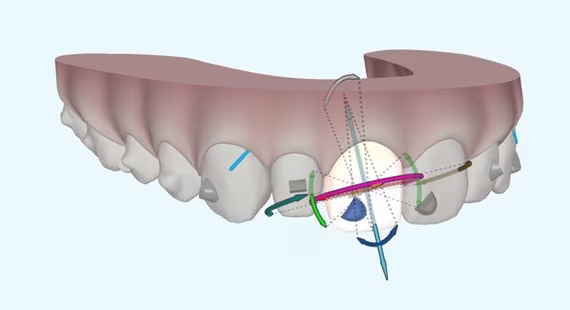
Invisalign ClinCheck: 5 reasons to work with it
Introduction: Initial Considerations If you work with aligners, I'm sure that more than once you've considered changing brands, although most probably
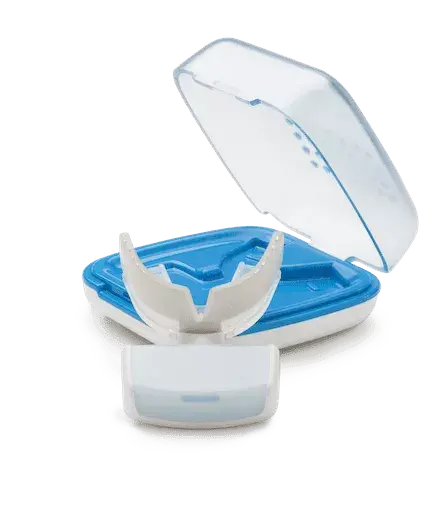
One of the main questions that patients ask us when they come to see us is: doctor, how long is my orthodontic treatment going to take? Some companies, aware of this, use this claim to attract or attract those who are looking for quick treatments regardless of the complexity of their case or to offer us professionals miraculous appliances or techniques with which to move teeth at lightning speed. In the society of immediacy, it is difficult not to be tempted to join this trend. However, these methods are not always backed by solid scientific evidence.
One of the newest techniques in this field is photobiomodulation. This therapy involves exposing tissues to a low-intensity light source (LED). This light is absorbed by the cytochromes in the cells' mitochondria, leading to an increase in adenosine triphosphate and a consequent increase in cellular energy. Unlike other laser treatments, which have a more "destructive" effect (removal of carious tissue, gingivectomies...), this wavelength has the ability to stimulate cell metabolismwhich could accelerate tooth movement by enhancing the proliferation of osteoblasts and osteoclasts.
In the field of orthodontics, Biolux Technology, a pioneering company in photobiomodulation, has developed the OrthoPulse deviceOrthopulse is a mouthguard-like device with numerous LEDs inside that, once activated, are able to pass through the patient's tissues and achieve the stimulus that will allow teeth to move at a faster rate. Orthopulse is designed to be used in conjunction with any type of orthodontic appliance, whether brackets or aligners.
Some of the benefits stated by Biolux are:
When we use the OrthoPulse, which works on the basis of the LLLT principles (Low Level Laser Therapy), the waves penetrate the gingival tissue and reach the roots of the teeth. This, as explained above, stimulates the cells responsible for bone remodelling and accelerates the regeneration process. Theoretically, this allows the teeth to move faster and more effectively, which can reduce treatment time.

The OrthoPulse is worn for 10 minutes a day. It is a non-invasive adjunct to conventional treatment and is considered safe for most patients. Studies in the literature show mixed results on how well it works.
Some studies, such as Shaughnessy et al. show a significant difference in the treatment times of several patients treated with OrthoPulse versus the control group, while others, such as Al-Shafi et al. found no significant stimulating effect on the rate of space closure after premolar extraction in the upper arch using the OrthoPulse device. If we analyse the methodology of the studies in detail, both of them are a little bit too small in terms of the study sample, but in the first one we find more "inaccuracies", such as the use of different appliances (unrelated to the use of the OrthoPulse) that make us doubt the accuracy of the results.
In the latter study, it is interesting to see that anchorage loss and canine rotation were similar on both the appliance and control sides. Overall, the results showed statistically or clinically insignificant differences between the two groups.
Given these results, it is possible that photobiomodulation works. The questions are: to what extent is it useful or meaningful; are there real advantages beyond time reduction; what are the long-term consequences of accelerating movement? More comprehensive studies are needed to be able to accurately determine its effect on orthodontic treatment. We must consider that, although its efficacy in other branches of health has been demonstrated, its action on dental movement, whether positive or relevant, is not guaranteed.
Shaughnessy et al. Intraoral photobiomodulation-induced orthodontic tooth alignment: a preliminary study. BMC Oral Health (2016) 16:3.
Al-Shafi et al. Effect of light-emitting diode-mediated photobiomodulation on extraction space closure in adolescents and young adults: A split-mouth, randomized controlled trial.

Introduction: Initial Considerations If you work with aligners, I'm sure that more than once you've considered changing brands, although most probably
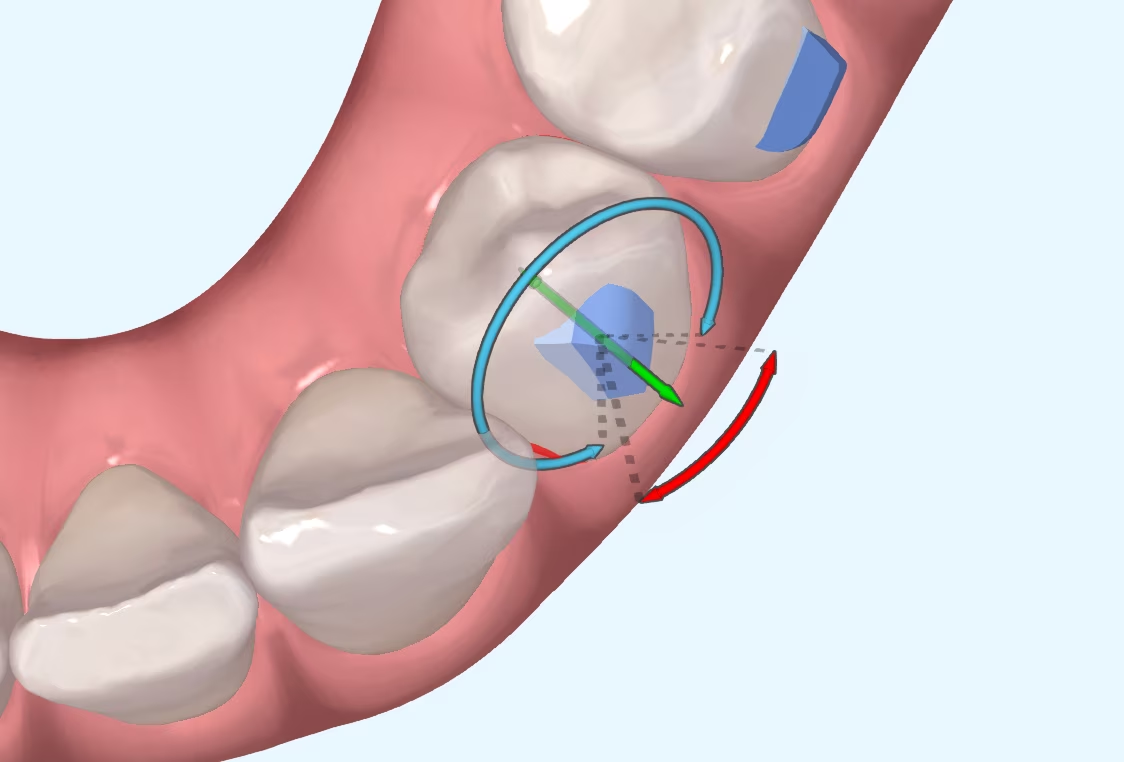
Introduction I suppose many of you are familiar with the myth of Achilles, the Greek hero who was submerged as a child in the River Styx by his mother in order to
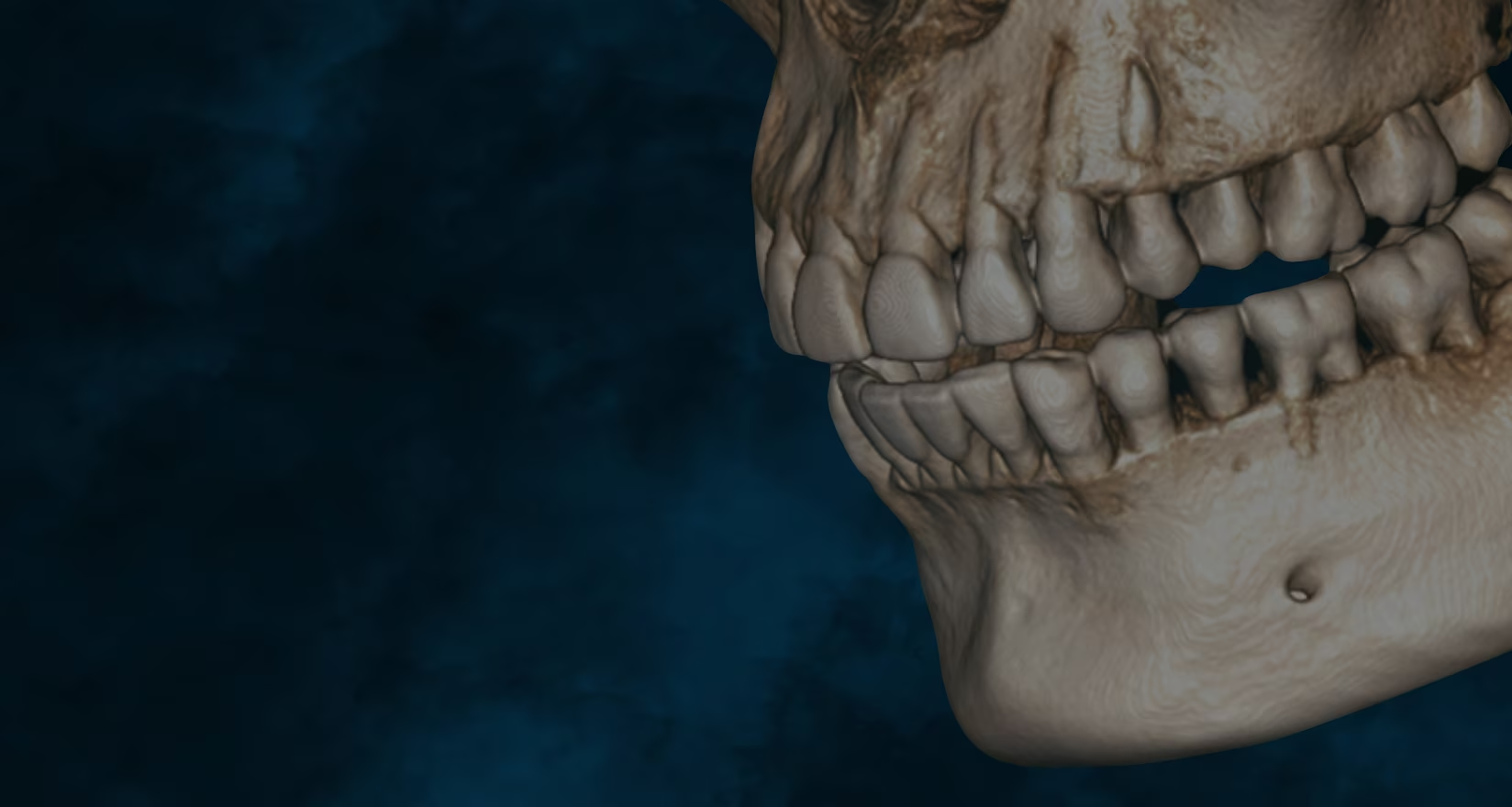
What is CBCT? CBCT is a medical imaging technique that uses a special type of computed tomography (CT) scan to obtain three-dimensional images.
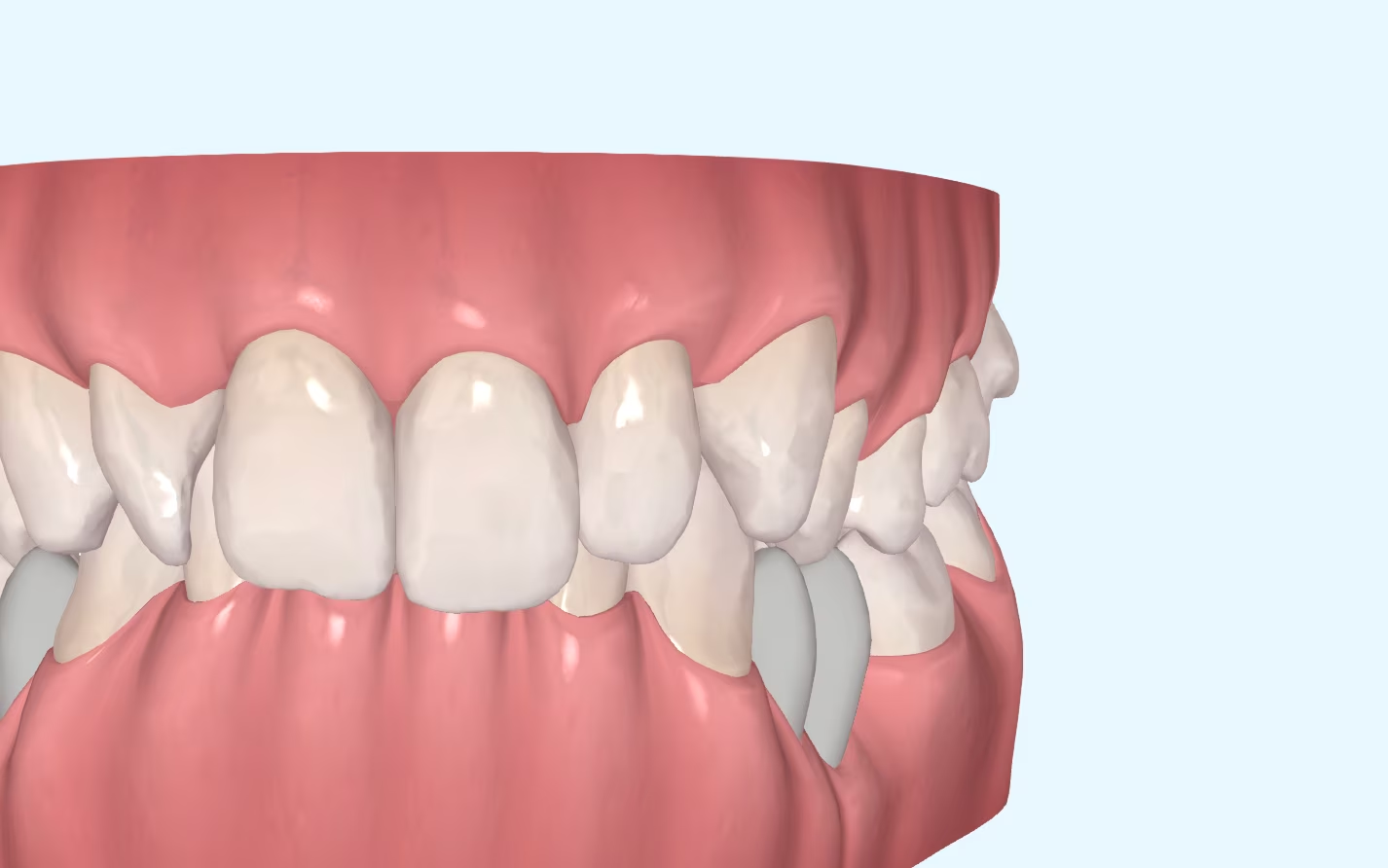
Challenges of Overbite In the more than 20 years that we have been working with invisible orthodontics, we have gone from considering some malocclusions "impossible" to daring to

It is not a question to make us feel guilty. It is only a question that invites us to reflect, to think about the impact we can have in